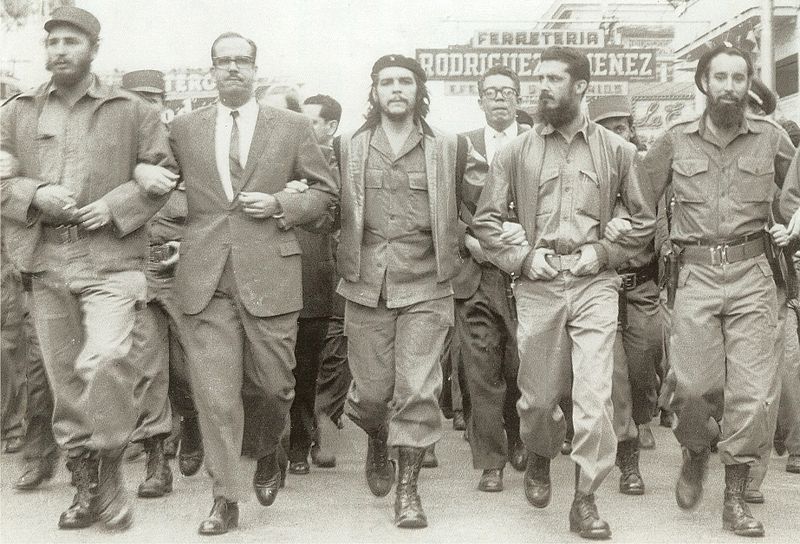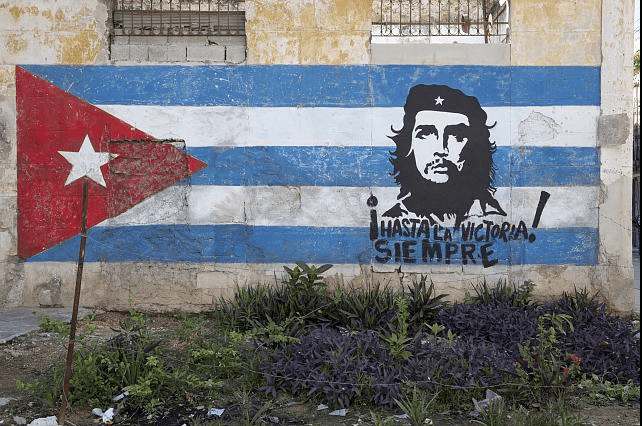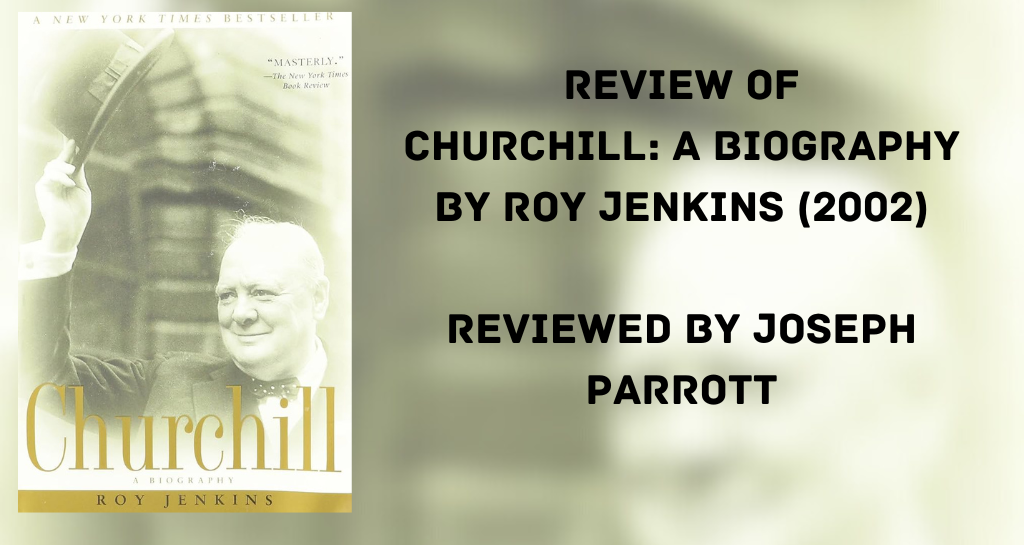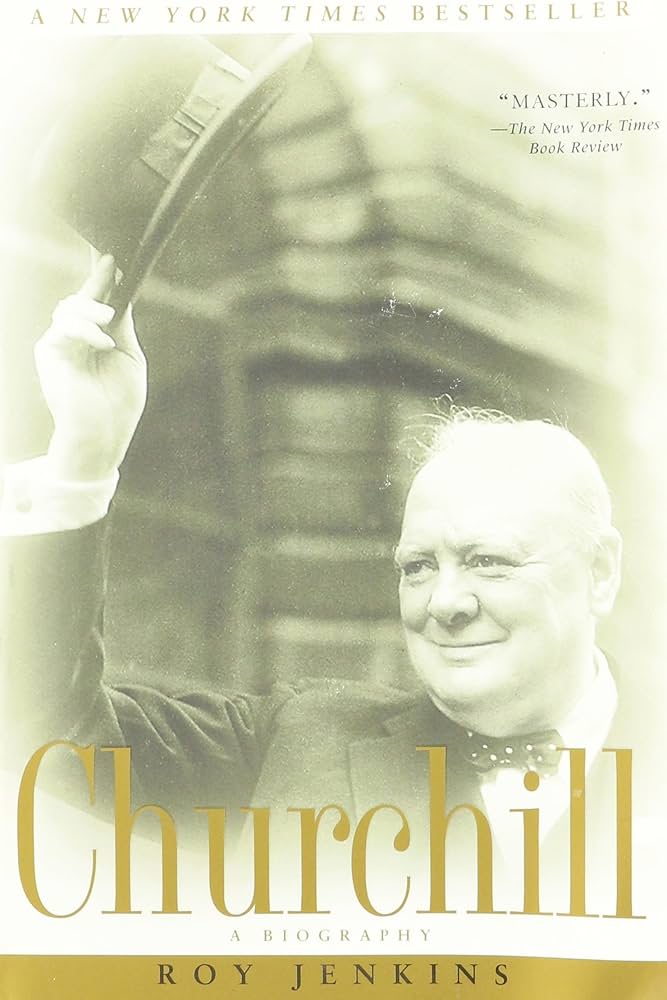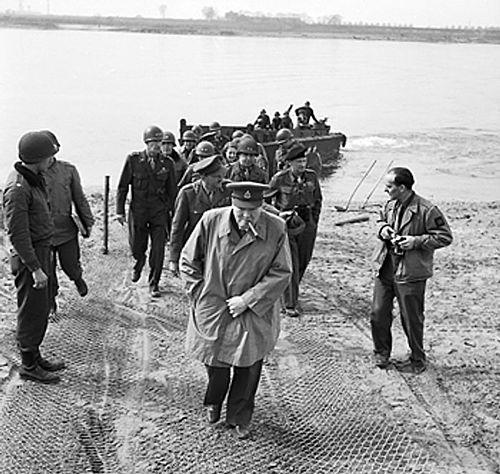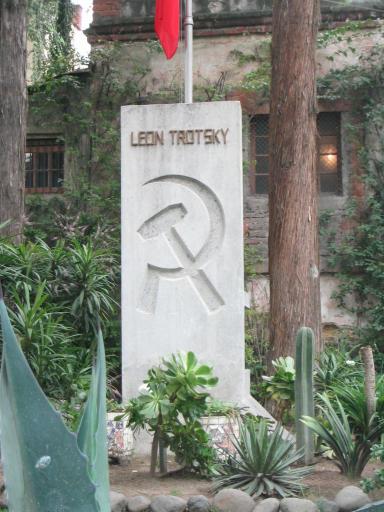
Dr. Jonathan Brown, emeritus professor of history at the University of Texas at Austin, followed an unconventional path to academia. Following a master’s degree in history at the University of Arizona, he received a commission in the Army R.O.T.C. program. Brown served as a lieutenant in the Panama Canal Zone from 1968 to 1970. Later promoted to captain, he completed his final tour of duty in Thailand in 1971 before enrolling in the history doctoral program at UT-Austin. His first book, A Socioeconomic History of Argentina (1979), won the Bolton Prize for the best book in English on Latin American history. Over his career, Brown has published six books. Spanning centuries and continents, his scholarship explores labor, nationalism, and revolution among other themes
In October 2024, the Institute for Historical Studies hosted a book talk for Dr. Brown’s latest publication, The Weak and the Powerful: Omar Torrijos, Panama, and the Nonaligned Movement in the World. This most recent work reflects the contours of his career—both within and outside academia. His initial exposure to Panama and General Torrijos began when he was stationed in the Southern Command from 1968 to 1970. However, Dr. Brown would not undertake a study of the canal until nearly five decades later. The impetus was another project. His 2017 book, Cuba’s Revolutionary World, traced the Cuban Revolution’s influence on hemispheric affairs and ultimately renewed his interest in the Canal Zone. Where Cuba’s Revolutionary World de-centers the United States and focuses on Cuban foreign policy, The Weak and the Powerful positions Panama as a critical yet understudied player in regional politics.
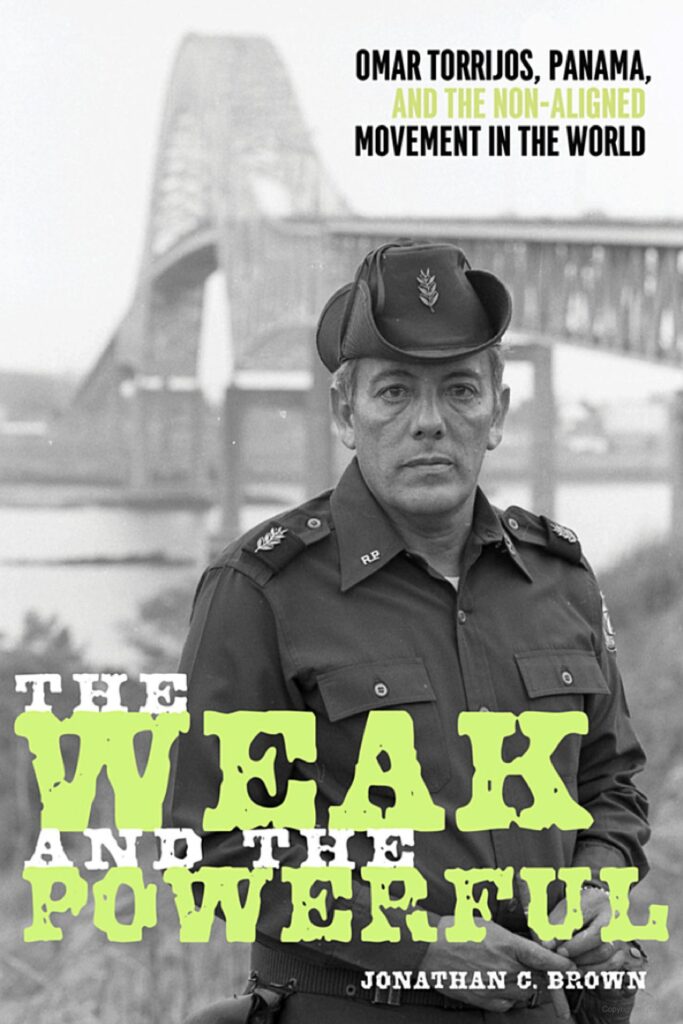
The Weak and the Powerful opens with a provocative question: “How does a small country, without resort to war, convince a great power to give back valuable real estate?” This framing shifts the focus away from traditional spheres of influence in Cold War studies. During his talk, Brown shared that he aimed to write about imperialism while focusing on its victims. The Weak and the Powerful largely succeeds in centering Panama, although this history filters through the biography of the nation’s strongman. The United States and its political leaders remain on the periphery of this transnational study. Instead, the book devotes considerable attention to Panama’s relations with the Global South and members of the Non-Aligned Movement. General Torrijos proactively engaged these countries to build solidarity and to unite many “weak” powers against the United States. “He made it difficult for American diplomats to engage with international organizations without living up to their own democratic principles,” concludes Brown.
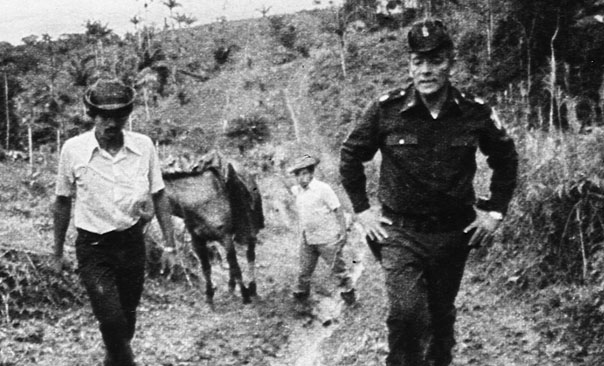
Omar Torrijos, who took power through a military coup in 1968, successfully negotiated an end to nearly a century of U.S. occupation of the Canal Zone. Remarkably, he did so not through force but through negotiation. For this accomplishment, Brown argues that “the Panamanian strongman deserves a study of international dimensions” (7). Thus, The Weak and the Powerful devotes considerable attention to Torrijos’ biography. The author traces the dictator’s rise through the Panamanian National Guard, which offered economic and social mobility to many Panamanians. Perhaps surprising to many readers, military service also provided Torrijos with “a greater sense of social inequities in the mountains, plains, and jungles of the nation” (24). The dictator came to see himself as a progressive, championing issues of social justice and offering a reformist domestic agenda.
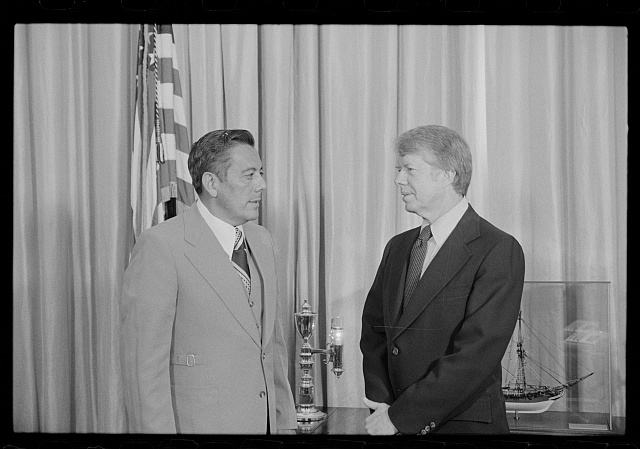
Inclusionary policies and social reforms allowed Torrijos to cultivate popular support and to consolidate his power. Brown also maintains that the Torrijos regime made scant use of repression in contrast to other Latin American dictatorships of the era. Ultimately, this leadership style allowed Torrijos to hold power as long as it took to sign the Panama Canal Accords. Illuminating this history, The Weak and the Powerful offers a compelling reexamination of Panama’s role in hemispheric politics. The book highlights Torrijos’ strategic use of international alliances to pressure the United States into granting historic concessions. This achievement came at a time of significant U.S. intervention in Latin America—an irony that reinforces Brown’s larger argument that “no model of international relations can explain [Torrijos’] accomplishments” (269). Ultimately, Dr. Brown’s return to the Panama Canal offers a fresh perspective on treaty negotiations and enriches existing Cold War historiography.
Gabrielle Esparza is a Ph.D. candidate in Latin American history, with a focus on twentieth-century Argentina. Her dissertation examines the evolution of President Raúl Alfonsín’s human rights policies from his candidacy to his presidency in post-dictatorship Argentina. At the University of Texas at Austin, Gabrielle has served as a graduate research assistant at the Texas State Historical Association and as co-coordinator of the Symposium on Gender, History, and Sexuality in 2020-2021. Gabrielle was also Associate Editor and Communications Director of Not Even Past from 2021-2022. Currently, Gabrielle works as a graduate research assistant in the Institute for Historical Studies and as an Editorial Assistant for The Americas: A Quarterly Review of Latin American History.
The views and opinions expressed in this article or video are those of the individual author(s) or presenter(s) and do not necessarily reflect the policy or views of the editors at Not Even Past, the UT Department of History, the University of Texas at Austin, or the UT System Board of Regents. Not Even Past is an online public history magazine rather than a peer-reviewed academic journal. While we make efforts to ensure that factual information in articles was obtained from reliable sources, Not Even Past is not responsible for any errors or omissions.
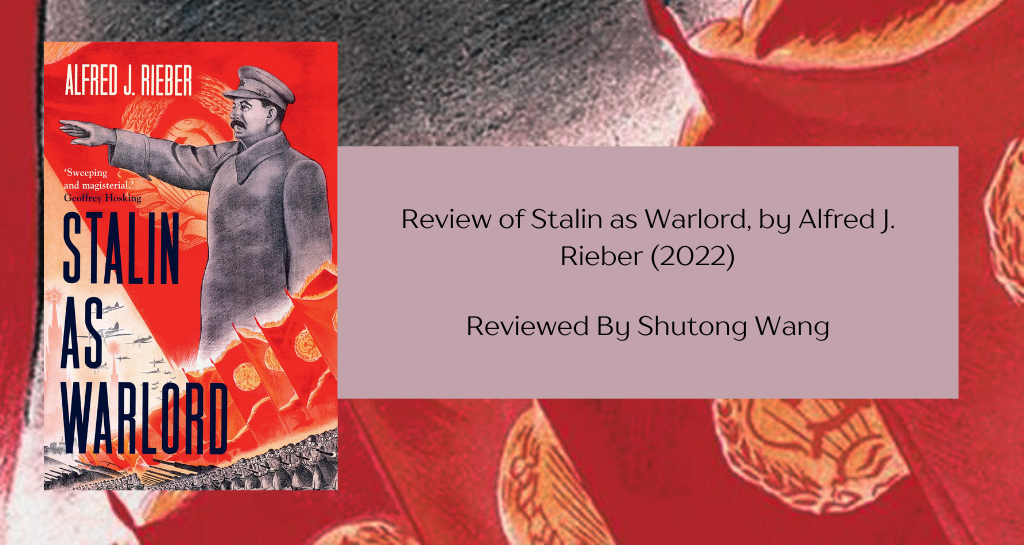

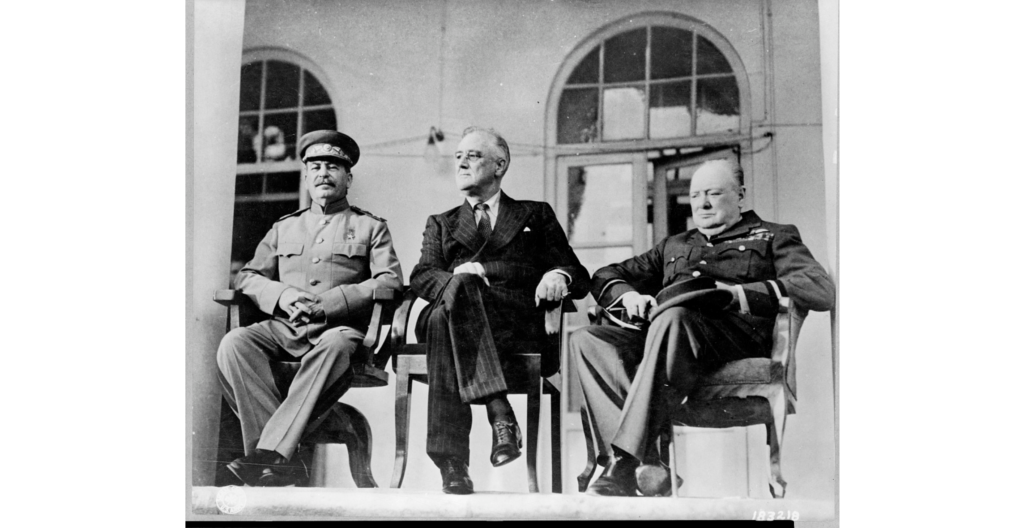
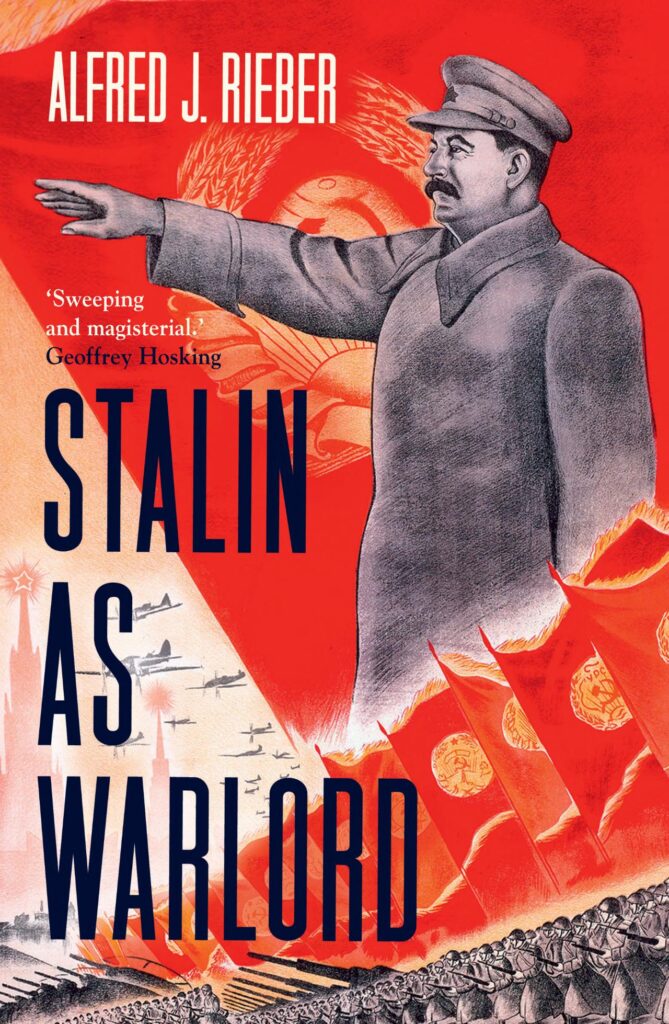
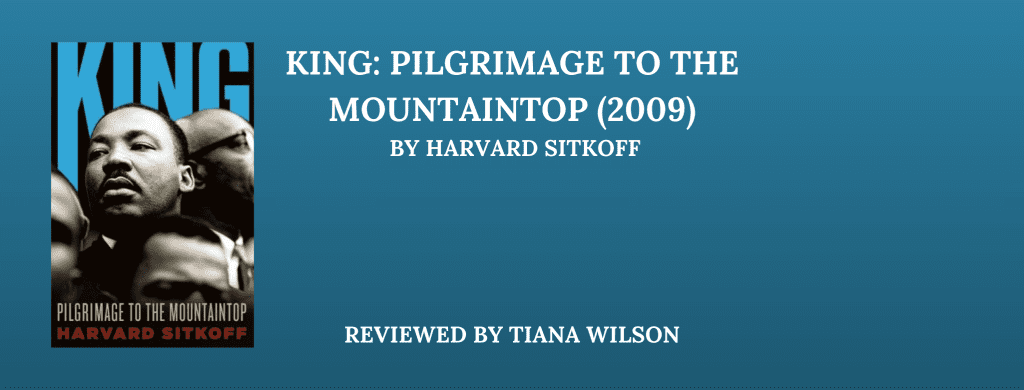
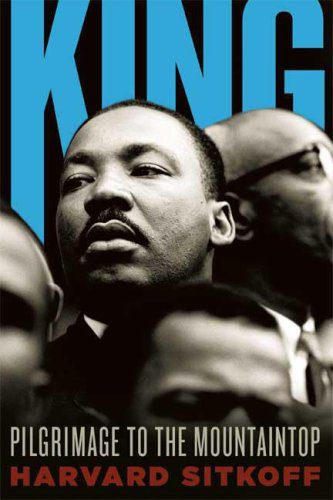
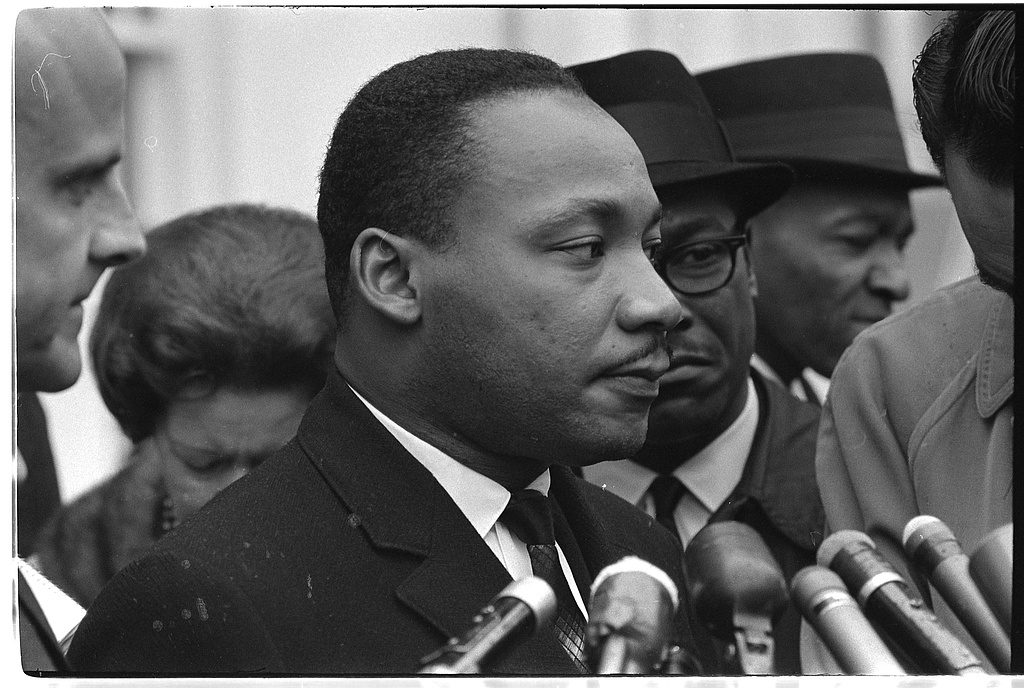




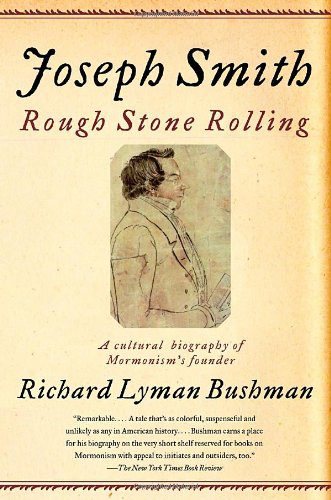
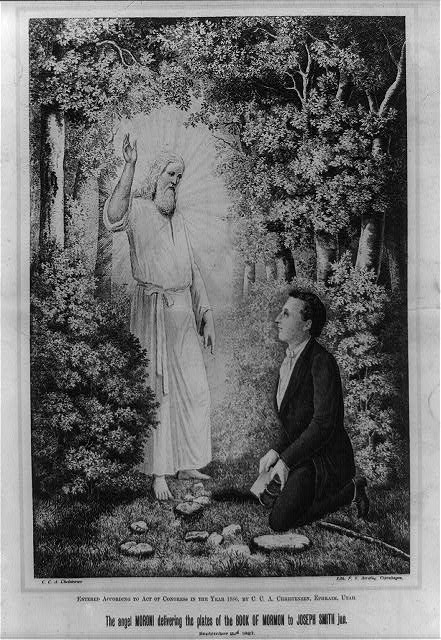
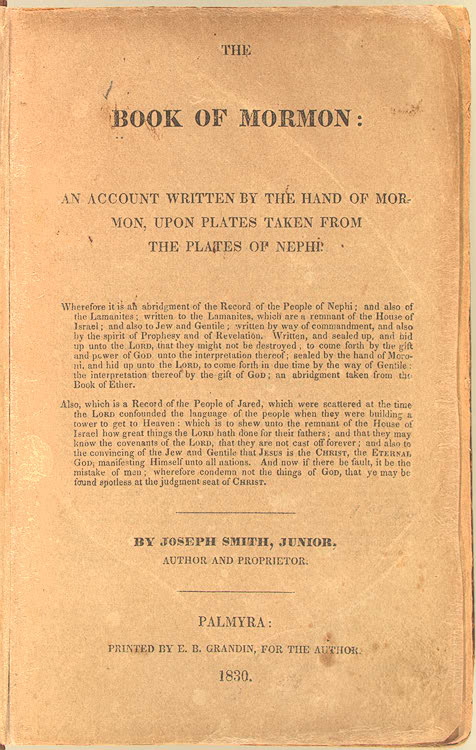
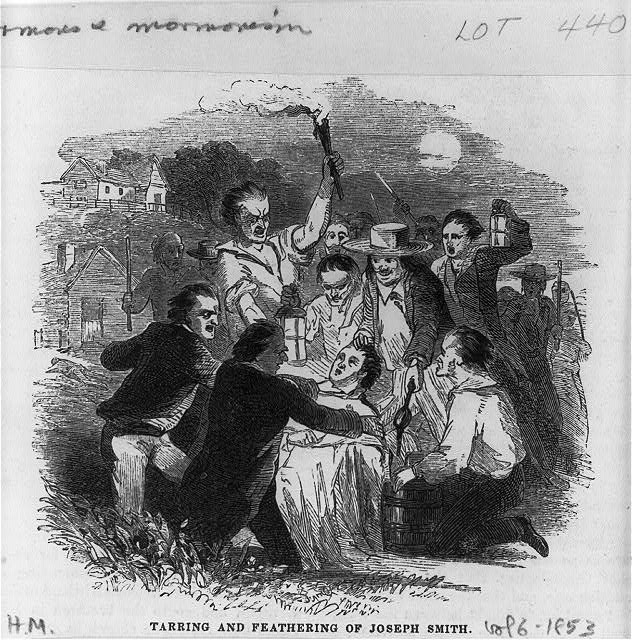

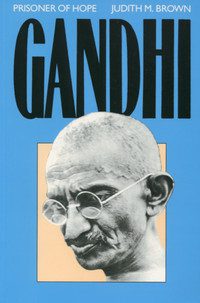
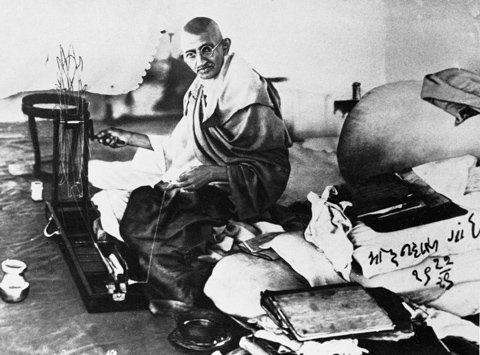
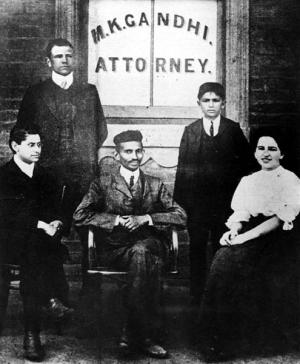
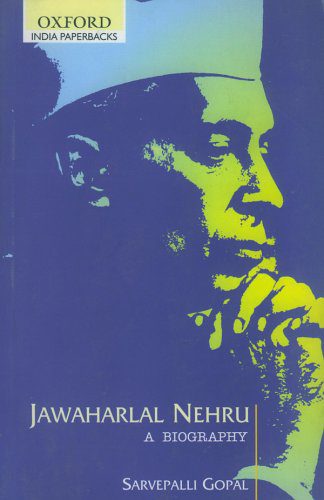
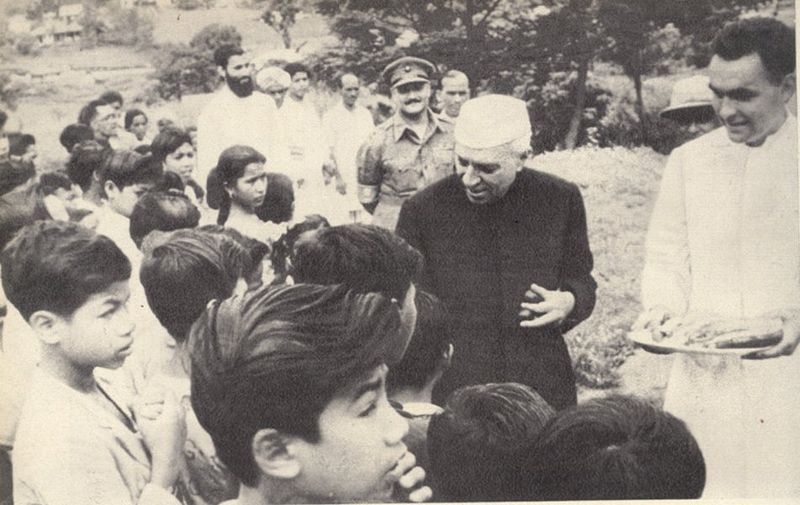
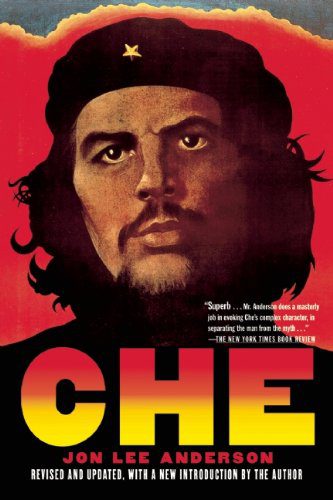 Thirty years earlier, on October 9, 1967, CIA-trained Bolivian Special Forces agents had captured and executed the thirty-nine-year-old revolutionary before dumping his body in a shallow pit near a dirt runway. While writing
Thirty years earlier, on October 9, 1967, CIA-trained Bolivian Special Forces agents had captured and executed the thirty-nine-year-old revolutionary before dumping his body in a shallow pit near a dirt runway. While writing 